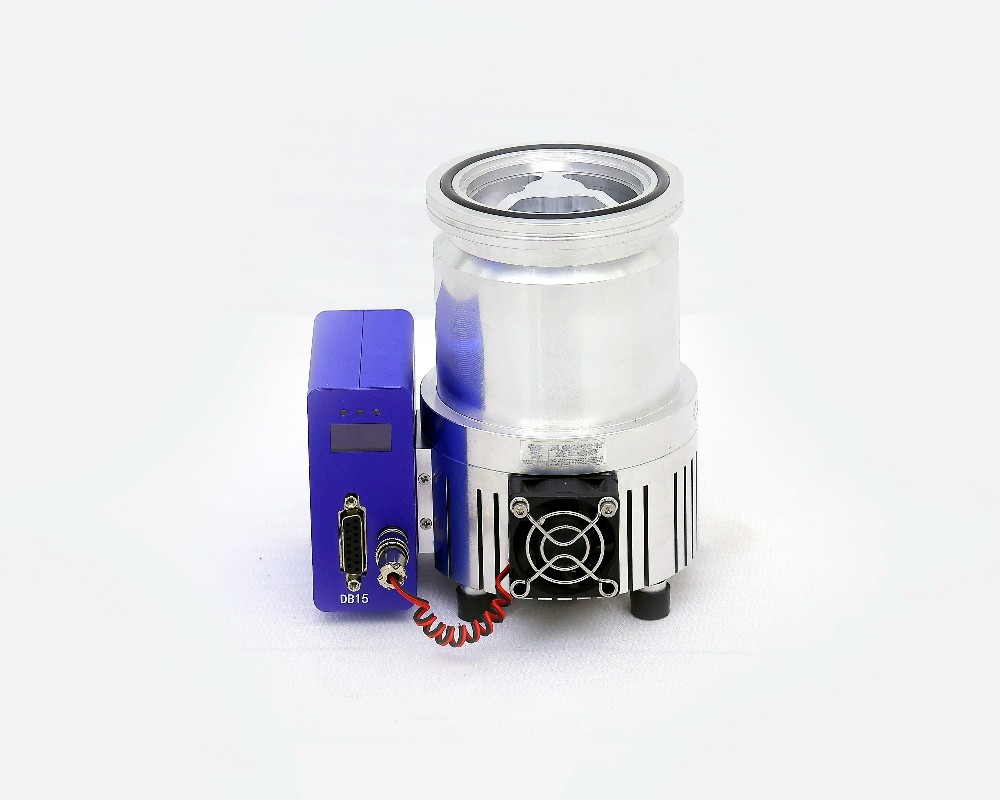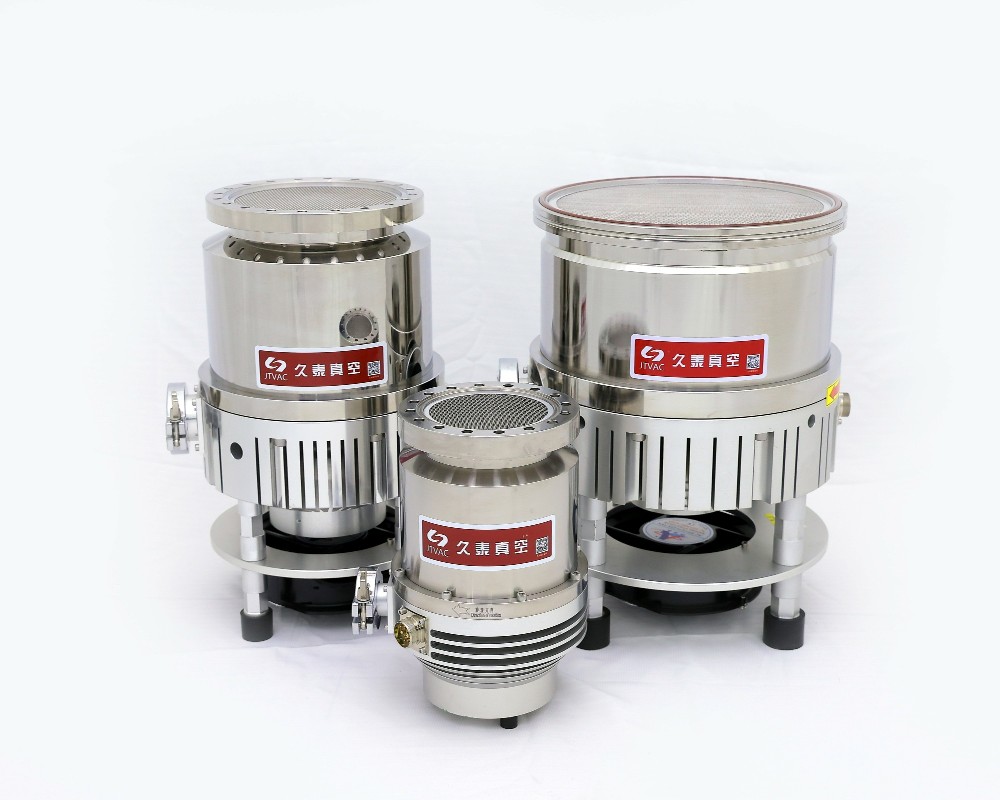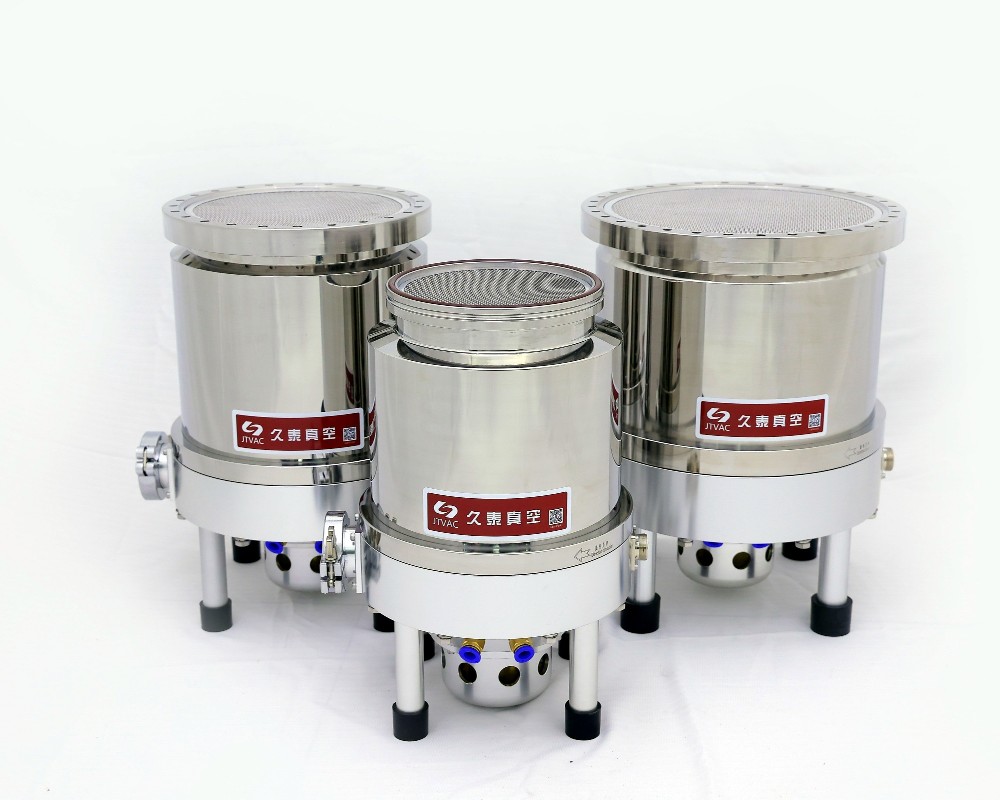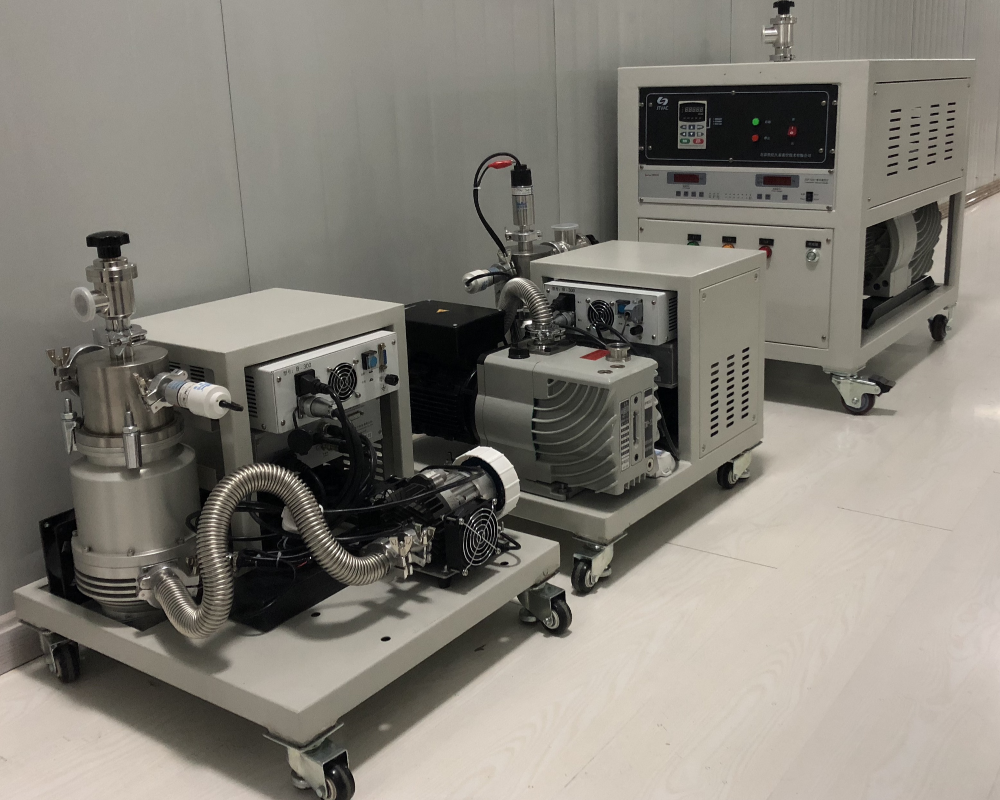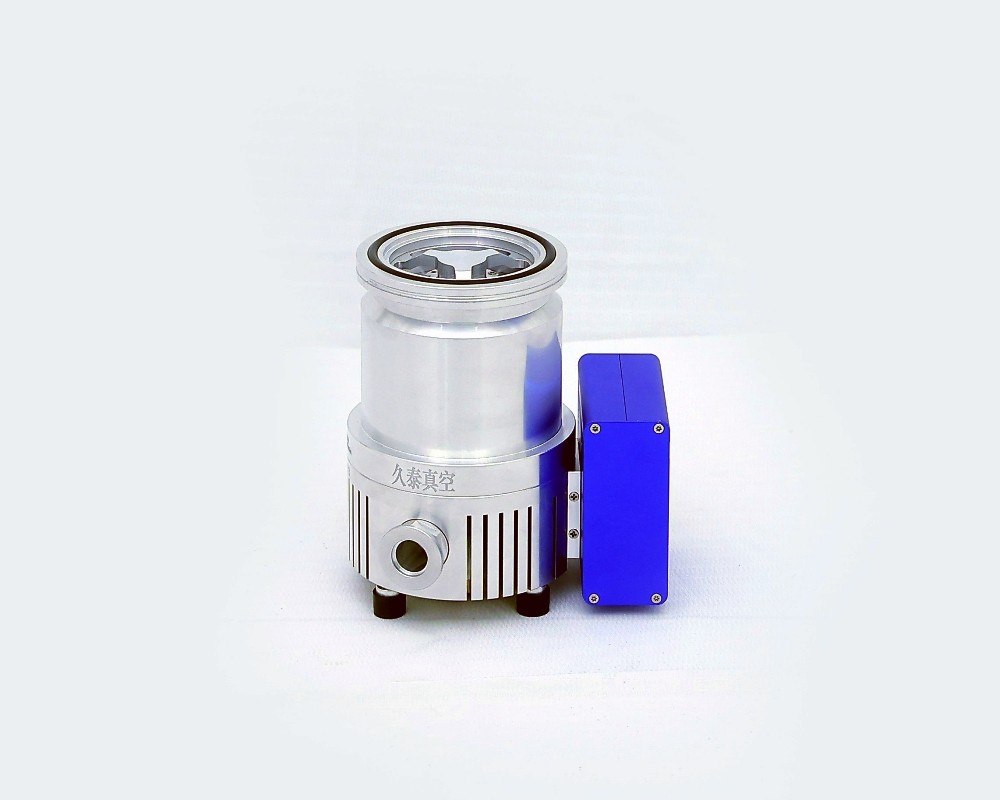Introduction
The development of vacuum acquisition equipment is central to advancements in industries requiring precise vacuum conditions. This value chain encompasses the design, manufacturing, integration, and application of various vacuum systems, providing indispensable support for semiconductor manufacturing, scientific research, aerospace, and more.
This article delves into the development of the vacuum acquisition equipment industry, highlighting key components, major players, and trends driving innovation.
Key Components in the Value Chain
1. Core Equipment
Vacuum Pumps: Includes rotary vane pumps, roots pumps, turbo molecular pumps, cryopumps, and dry vacuum pumps. These are the backbone of vacuum acquisition systems, each tailored for specific applications.
Vacuum Chambers: Engineered for durability and precision, these chambers form the environments necessary for processes requiring low-pressure conditions.
Seals and Valves: Critical for maintaining vacuum integrity, high-performance seals and precision valves ensure minimal leakage and operational reliability.
2. Raw Materials and Components
High-grade metals, ceramics, and polymers are essential for manufacturing vacuum components that withstand extreme pressures and temperatures.
Electronics and sensors provide accurate monitoring and control.
3. System Integration
Companies specializing in system integration tailor solutions for industries like electronics, pharmaceuticals, and energy.
Integration involves combining pumps, chambers, and monitoring systems into cohesive units.
Major Players and Industry Collaboration
Leading Manufacturers
Global leaders such as Edwards Vacuum, Pfeiffer Vacuum, and Leybold have established strong positions by offering innovative products and reliable service networks.
Collaborative Ecosystems
Partnerships between equipment manufacturers and end-user industries foster customized solutions.
Academic and research institutions play a crucial role in advancing technologies.
Trends and Challenges
1. Trends
Sustainability: Increased focus on energy-efficient and environmentally friendly vacuum systems.
Automation and IoT: Integration of smart technologies for predictive maintenance and real-time monitoring.
Miniaturization: Development of compact and portable vacuum systems for niche applications.
2. Challenges
High costs of research and development.
Complexity in achieving ultra-high vacuum levels without contamination.
Balancing performance with sustainability goals.
Conclusion
The development value chain for vacuum acquisition equipment is integral to modern technological advancements. As industries evolve, the demand for high-precision and sustainable vacuum solutions will continue to grow, driving innovation and collaboration across the value chain. Understanding this development pathway is key to leveraging the full potential of vacuum technology in shaping the future.

 中文版
中文版 English
English